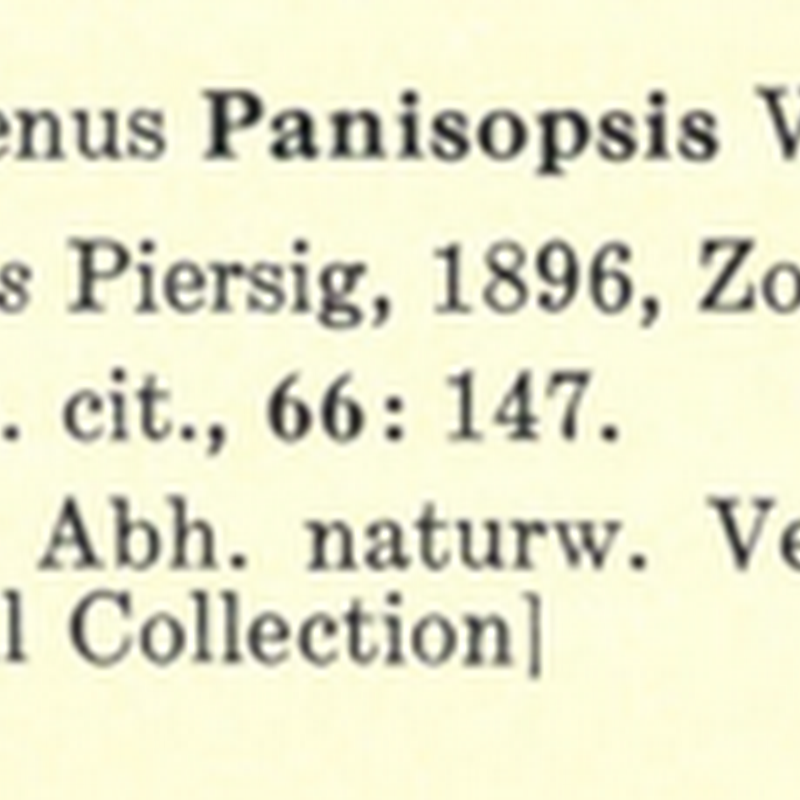
I know I'm starting to sound like a broken record, but the more I look, the more taxonomic databases seem to be full of garbage. Databases such as the Catalogue of life, which states that it is a "quality-assured checklist" have records that are patently wrong. Here's yet another example.





